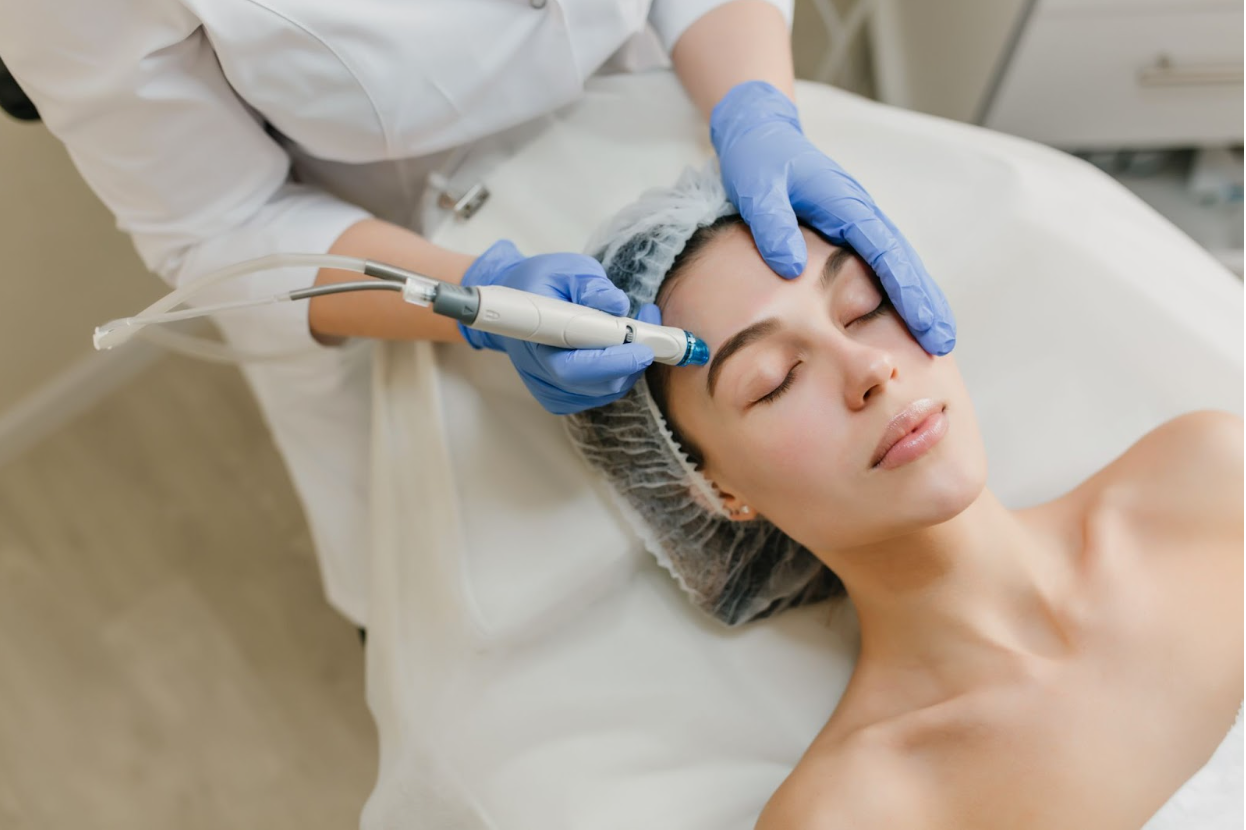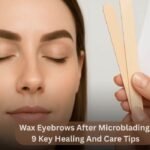A Hydrafacial can feel like a reset for your skin, especially when you’ve seen real hydrafacial before and after results and want that same fresh glow. Many people try the treatment when their skin looks tired, uneven, or congested.
This treatment cleans, exfoliates, and hydrates in one visit, so most people notice brighter skin, smoother texture, and cleaner pores right away. With so many hydrafacial offers in UK clinics and medspas, it’s become a popular choice for anyone who wants visible results without downtime.
In this guide, you’ll learn what happens before, during, and after a Hydrafacial and how to keep your glow as long as possible.
Hydrafacial Before and After: Factors That Shape Results

A Hydrafacial uses a gentle vacuum-like tip to clean and nourish your skin. It’s known for giving quick results without downtime. It works through a combination of four main actions:
- Deep cleansing to lift away buildup
- Exfoliation to remove dull surface cells
- Pore extraction for blackheads and congestion
- Hydration with targeted serums that support your skin barrie
Before a Hydrafacial
Most people seek this treatment when their skin looks tired or uneven. It’s also popular for events because it creates an instant glow.
Common concerns include:
- Dull or dry skin
- Fine lines
- Blackheads and whiteheads
- Uneven tone or sun damage
- Oily or congested skin
Before the session, skin may show:
- Rough texture
- Visible buildup
- Enlarged or clogged pores
- Dry patches or extra oil
During the Hydrafacial
The treatment is gentle and usually feels calming, even with extractions. You stay comfortable the whole time.
It follows three core steps:
- Cleanse and peel to sweep away dead skin
- Extract and hydrate to clear pores while adding moisture
- Fuse and protect with serums chosen for your skin type
After a Hydrafacial

Your skin often looks different the moment you leave the studio. The fresh glow is one of the biggest reasons people love this treatment. You may notice:
- Brighter skin
- Smaller pores
- Smoother texture
- More hydration
- More even tone
- Reduced congestion and fewer breakouts
The glow usually lasts about a week. With good habits and the right products, many people enjoy longer results.
Aftercare
Simple care helps your skin stay calm and hydrated after the treatment.
Most providers recommend:
- Avoid sun for 24 hours
- Skip makeup for the rest of the day
- Hold off on exfoliants or retinoids for 48 hours
- Use a gentle moisturizer
- Drink plenty of water
- Apply mineral SPF
Products Suitable After Treatment
Choose soothing, light products while your skin absorbs the benefits. Good options include:
- Aloe-based moisturizers
- Hyaluronic acid serums
- Mineral sunscreen SPF 30+
- Gentle, fragrance-free cleansers
Recommended Treatment Frequency
How often you book a Hydrafacial depends on your goals.
Here’s what most people follow:
- One session for a quick boost
- Monthly visits for ongoing improvement
- More frequent schedules when treating active concerns
Long-Term Before and After Benefits
Consistent treatments often lead to deeper changes in skin health.
Over time, many clients see:
- Fewer breakouts
- Softer fine lines
- More balanced moisture
- Stronger healing response
- A more even and steady tone
Conclusion
A Hydrafacial offers clear before and after changes, from brighter skin to smoother texture and cleaner pores. The treatment works for many skin types, and with simple care afterward, the glow holds even longer. It’s an easy way to refresh your skin and support long-term skin health.
FAQs
Is a Hydrafacial good for teens with acne?
Yes, it’s gentle enough for many teens, especially when congestion or blackheads are the main issue.
Should I avoid a Hydrafacial if my skin is irritated?
It’s best to wait if your skin is sunburned, inflamed or going through an active flare.
Can I get a Hydrafacial while pregnant?
Some ingredients may not be recommended during pregnancy, so check with your provider first.
Will my skin peel after the treatment?
Most people don’t peel. The exfoliation is gentle and designed to prevent irritation.














